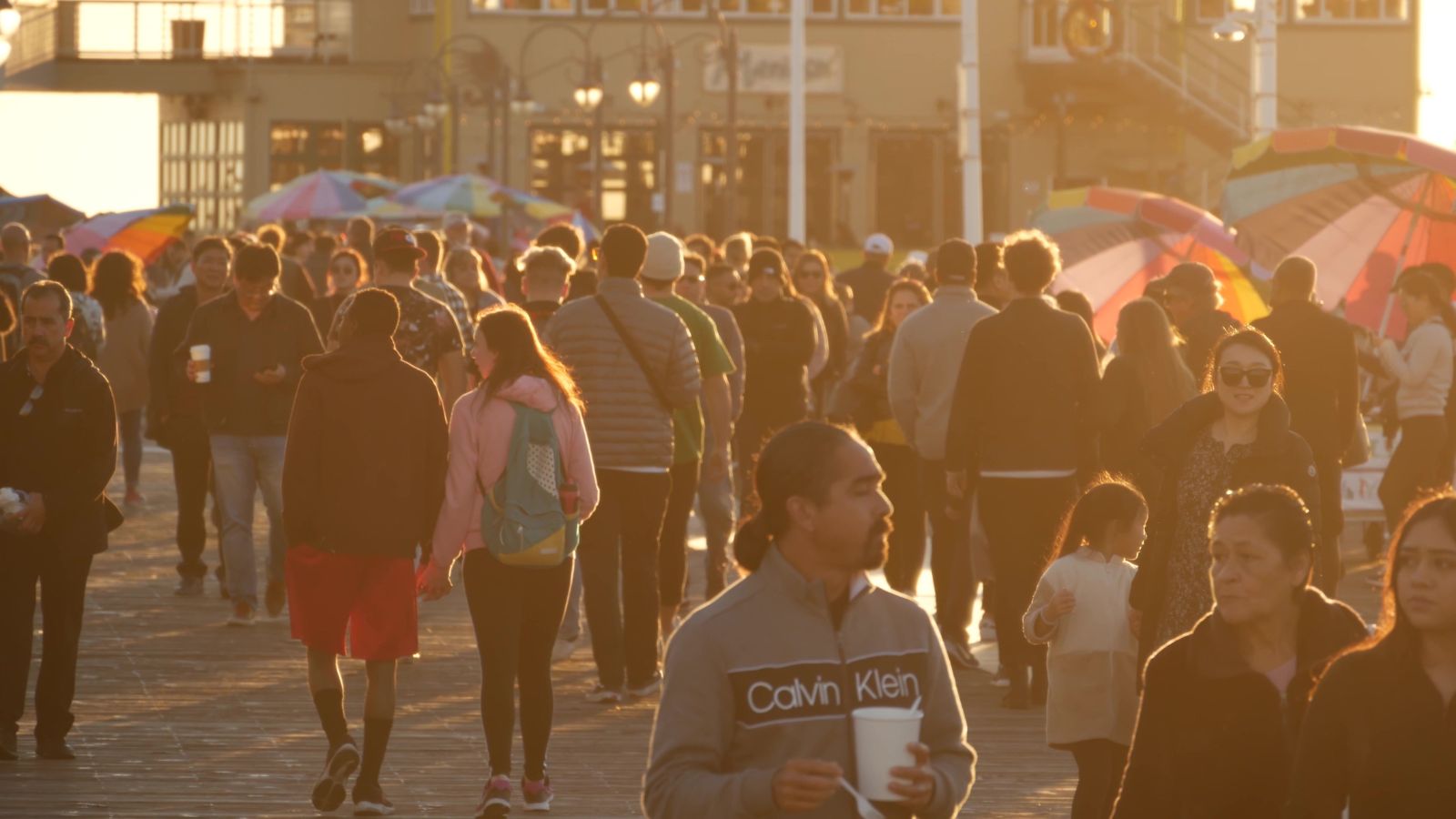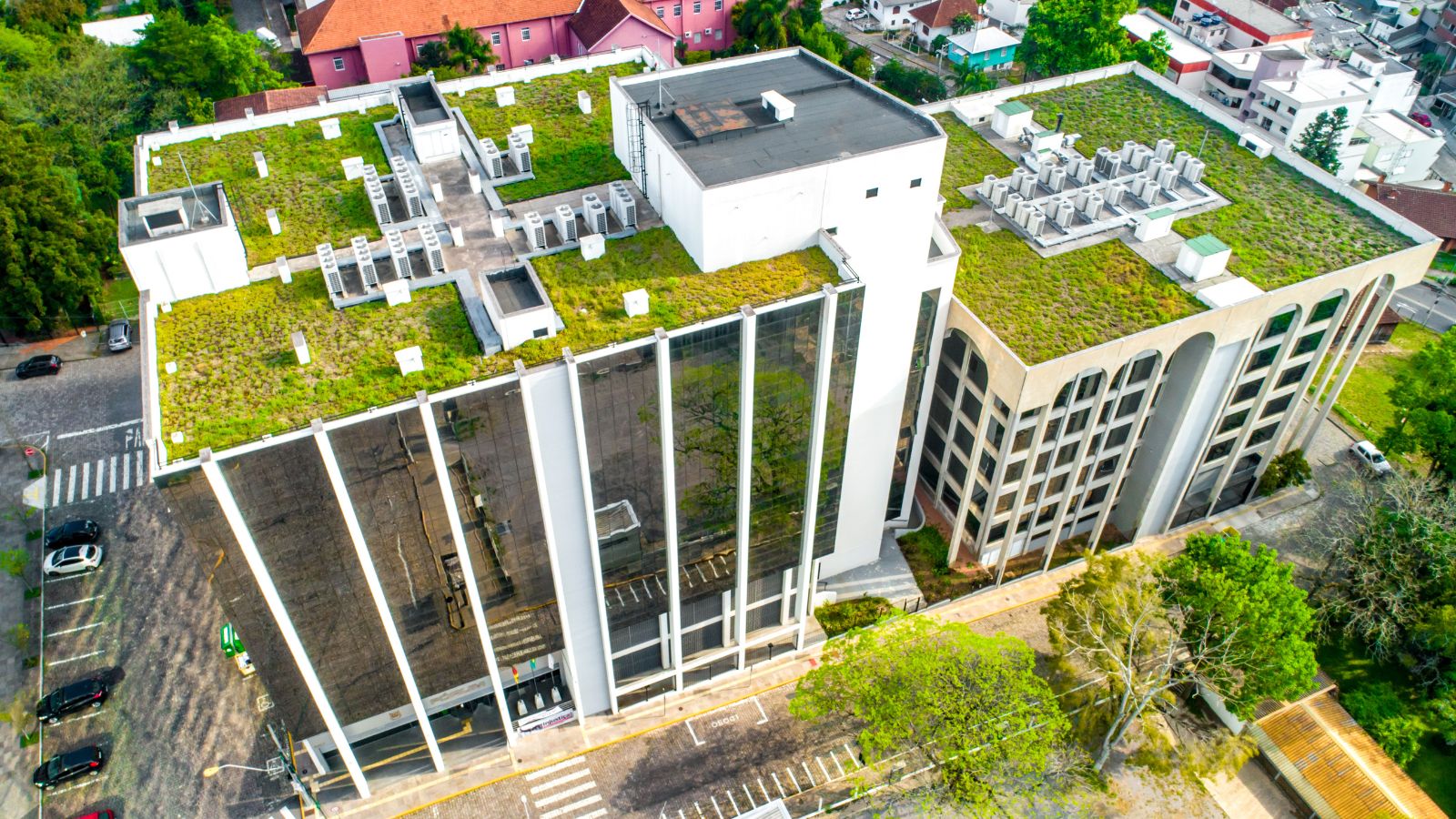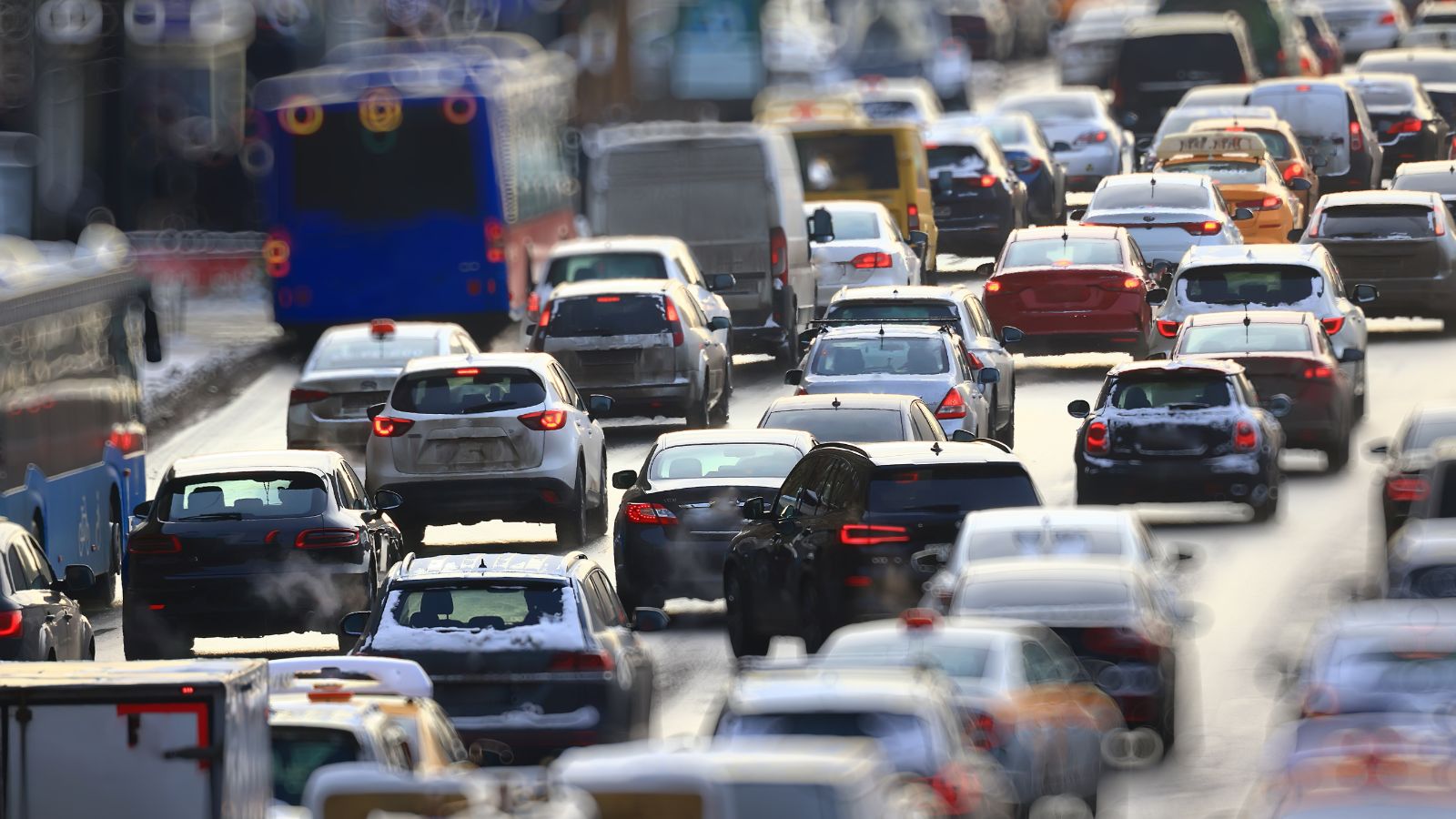Urban areas are often synonymous with opportunity, progress, and modernity. With their towering skyscrapers, bustling streets, and cultural vibrancy, cities draw millions of people searching for better lives. However, beneath the allure of city living lies a series of hidden dangers that can affect physical and mental well-being. This article delves into 20 lesser-known risks associated with urban living, shedding light on the challenges and offering insights on navigating them effectively.
Air Pollution: The Unseen Enemy

Cities are notorious for high air pollution from vehicle emissions, industrial activities, and construction. Particulate matter, nitrogen dioxide, and sulfur oxides are common pollutants that can penetrate the lungs, exacerbating respiratory conditions like asthma and increasing the risk of cardiovascular diseases. Mitigating exposure requires monitoring air quality, using air purifiers indoors, and wearing masks during high pollution days.
Noise Pollution: The Silent Stressor

Urban environments are constantly buzzing with sound from traffic, construction, nightlife, and public transportation. Chronic exposure to noise pollution has been linked to hearing loss, sleep disturbances, and heightened stress levels. Soundproofing living spaces and using earplugs or noise-canceling headphones can help reduce the impact.
Light Pollution: Disrupted Nights

Bright city lights might be visually appealing, but they come at a cost. Artificial lighting affects the body’s circadian rhythms, leading to sleep disorders, eye strain, and mood changes. To combat light pollution, using blackout curtains and limiting screen time before bed can promote better sleep.
Crowded Living Conditions: A Breeding Ground for Illness

High population density increases the likelihood of infectious disease transmission, as seen with flu outbreaks and other viral infections. The recent COVID-19 pandemic highlighted how difficult it can be to practice social distancing in densely populated areas. Vaccination, good hygiene practices, and wearing masks in crowded settings can help minimize risks.
Urban Stress: The Psychological Toll

Fast-paced lifestyles, economic pressures, and social isolation contribute to high levels of stress, anxiety, and depression in cities. Long working hours and the struggle to balance work-life demands can be overwhelming. Regular physical activity, mindfulness practices, and seeking social support effectively alleviate urban stress.
Urban Heat Islands: The Rising Temperatures

Cities tend to be warmer than rural areas because of heat-retaining surfaces like concrete and asphalt and a lack of vegetation. This phenomenon, known as the “urban heat island effect,” leads to heat stress, particularly during summer, and increases energy consumption due to the need for air conditioning. Planting trees, using reflective building materials, and designing green roofs can help reduce temperatures.
Sedentary Lifestyle: A Risk to Physical Health

Despite the abundance of gyms and recreational spaces, urban residents often lead sedentary lifestyles due to long working hours and reliance on cars or public transportation. This can contribute to obesity, cardiovascular diseases, and diabetes. Incorporating physical activity into daily routines, such as walking or cycling to work, can help counteract these effects.
Crime and Safety Concerns

Urban areas often report higher crime rates, including theft, assault, and vandalism. The risk varies depending on the neighborhood, but it remains a concern for many city dwellers. Being aware of surroundings, securing personal belongings, and participating in community watch programs can improve safety.
Exposure to Toxic Substances

Urban environments are home to various sources of toxic substances, including vehicle emissions, industrial waste, and construction materials that release harmful chemicals. Long-term exposure can lead to chronic illnesses, including cancers. Monitoring local air and water quality reports and using water filters can reduce exposure.
Limited Access to Green Spaces

Green spaces in cities are often few and far between, and even where they exist, they may be overcrowded or not well-maintained. Lack of access to nature deprives urban residents of physical and mental health benefits associated with outdoor activities. Advocating for more parks and green spaces and engaging in urban gardening can enhance access to nature.
Traffic Accidents: The Risk on the Roads

With more vehicles on the roads and various pedestrians, urban areas see a greater frequency of traffic accidents. Measures like adhering to traffic signals, using crosswalks, and wearing reflective clothing when cycling can reduce accident risks.
High Cost of Living: Financial Strain

The cost of living in urban centers is typically much higher than in rural areas. Housing, transportation, and necessities can strain finances, contributing to stress and potentially leading to lower life satisfaction. Budgeting, seeking affordable housing, and exploring alternative income streams are ways to mitigate financial strain.
Healthcare Overload: Limited Access to Services

Overcrowded hospitals and clinics make receiving timely healthcare in cities challenging, especially during disease outbreaks. This can delay diagnosis and treatment for various conditions. Prioritizing preventive care and utilizing telemedicine options can help manage health needs more effectively.
Pest Infestations: An Urban Nuisance

Cities often have higher rates of pest infestations due to the abundance of waste, food sources, and cramped living spaces. Pests like rats, cockroaches, and mosquitoes are more than nuisances; they can carry diseases. Maintaining clean surroundings, sealing entry points, and using pest control services are essential.
Food Deserts: Limited Healthy Food Access

Some urban areas are classified as “food deserts,” with limited access to affordable and nutritious food. This forces many to rely on fast food or convenience store items, which can lead to poor dietary habits and health problems. Community-supported agriculture, farmers markets, and urban farming initiatives can help address food scarcity.
Water Quality Issues: Contaminated Supply

Urban runoff from roads, industrial sites, and construction can contaminate water sources. This runoff often contains heavy metals, chemicals, and pathogens. Drinking filtered water, checking water quality reports, and avoiding polluted bodies of water for recreation can help reduce health risks.
Chronic Stress: The Burden of Urban Living

High expectations, economic pressures, and a hectic lifestyle contribute to chronic stress, a factor linked to many health problems, including hypertension and mental health disorders. Incorporating relaxation techniques like meditation, yoga, and regular breaks can alleviate the pressure.
Gentrification: The Threat to Community and Affordability

The influx of wealthier residents often leads to rising property values and rents, displacing long-time residents. This process disrupts the social fabric and cultural identity of neighborhoods. Supporting affordable housing initiatives and community-based planning efforts can help combat displacement.
Social Isolation: Alone in a Crowd

Despite being surrounded by people, many city dwellers experience social isolation due to the anonymity of urban life and busy schedules. This isolation can contribute to feelings of loneliness and exacerbate mental health problems. Joining social clubs, volunteering, and fostering local community connections can help build a support network.
Electromagnetic Radiation Exposure: A Modern Concern

Urban environments are saturated with electromagnetic fields (EMFs) from Wi-Fi networks, cell towers, and electronic devices. While the health effects of long-term EMF exposure are still under study, it is advisable to minimize direct exposure by keeping electronic devices at a distance when not in use.
Conclusion

Urban living undoubtedly presents a range of hidden risks that can affect health and well-being. However, awareness of these dangers empowers city dwellers to take proactive measures to mitigate them. By advocating for better urban planning, prioritizing personal health, and building resilient communities, the benefits of city life can be enjoyed while minimizing the potential drawbacks. Ultimately, cities can become healthier and more sustainable places for all by addressing these hidden dangers.
18 Reasons Why People Are Leaving Florida in Masses

Exploring factors that impact the desirability of living in Florida, this list delves into various challenges shaping residents’ experiences. From environmental concerns like rising sea levels to economic factors such as fluctuating job markets, these issues collectively contribute to a nuanced understanding of the state’s appeal.
18 Reasons Why People Are Leaving Florida in Masses
